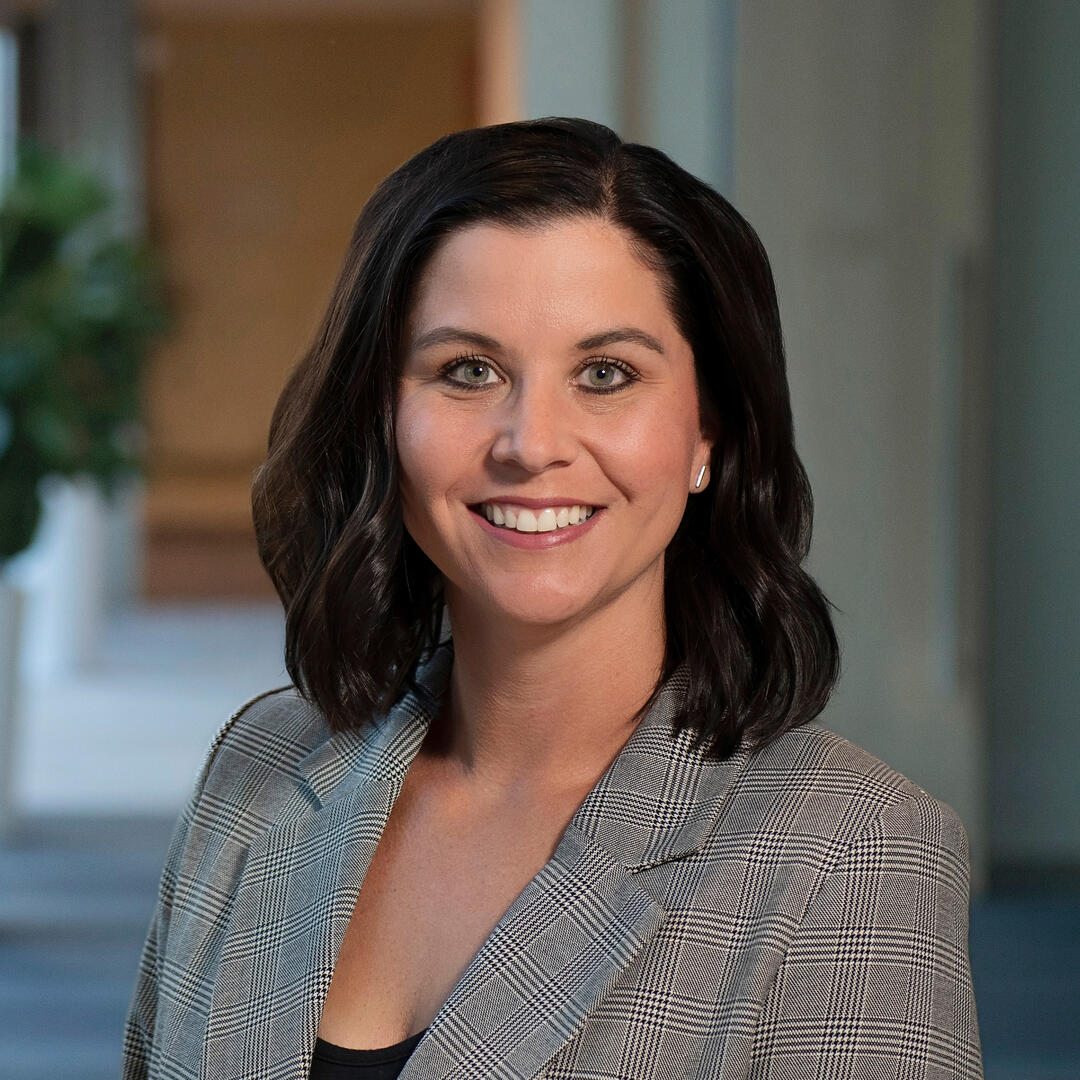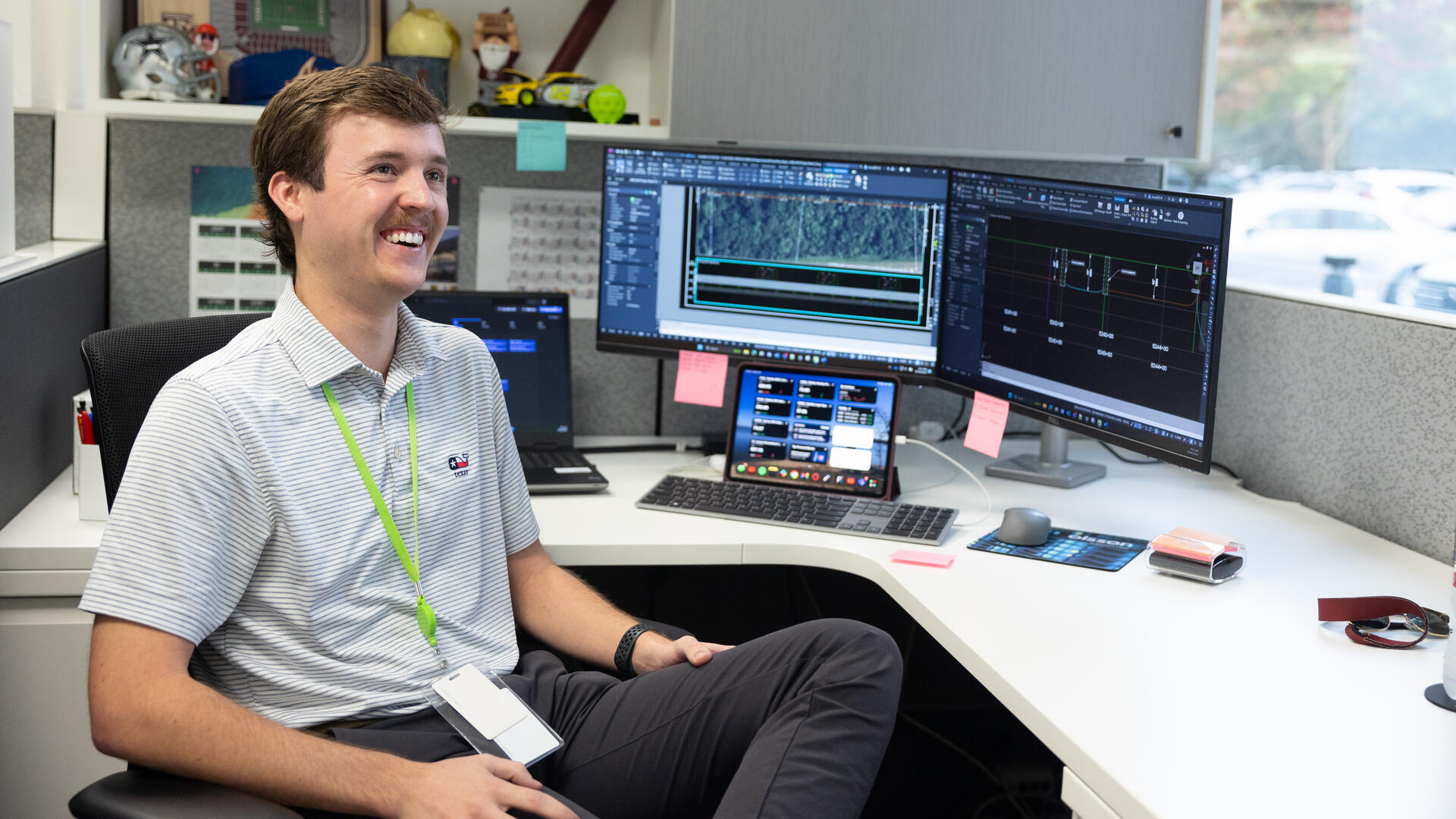Tulsa Riverside Airport (RVS) draws aspiring pilots from around the world, with six flight schools offering real-world training. As Oklahoma’s busiest airport, it also houses hundreds of hangars and aircraft and generates $95 million in economic output.
Recently, we helped upgrade eight connecting taxiways – and are currently helping widen and rehabilitate the crosswind runway – to help RVS remain an economic hub in the region for decades to come.
“It’s rewarding to implement improvements that will help preserve the airport for another generation of users.”
“The Tulsa Riverside airport is integral to a lot of stakeholders from business traffic to flight schools to the aviation community,” said Brian Coomes, an Olsson lead engineer. “It’s rewarding to implement improvements that will help preserve the airport for another generation of users.”
In 2020, the project owner, Tulsa Airports Improvement Trust, selected us to evaluate the connector taxiways to Runway 1L/19R and to create an engineering report and feasibility study. The conclusion: six taxiways leading to the main runway needed to be reconstructed and realigned. Two others required rehabilitation.
The project also removed outdated angled taxiway exits, which are no longer justified by Federal Aviation Administration (FAA) design standards. These updates enabled safer and more efficient traffic throughout the facility, while adhering to new FAA standards.
We led airport engineering, geotechnical engineering, survey, construction observation, and materials testing. We also designed no-taxi areas (yellow traffic paint that indicates an area where aircraft should not go) to mitigate a direct access concern from the primary parking apron to the primary runway.
Construction at the state’s busiest airport – with around 200,000 takeoffs and landings annually – was no small feat.
“The technical challenge was phasing construction on the primary runway while working with the airport to still allow safe operations on the other runways” Brian said.
Associate engineer Drake Harrington worked on-site during the construction phase of the project. He monitored construction and coordinated weekly with many stakeholders about project updates and schedules.
“Part of our taxiway improvements were adjacent to the primary aircraft parking apron, which could be disruptive to airport operations,” Drake said. “We worked with the contractor and the owner to develop a solution, so that phasing was less disruptive.”
Problem-solving and collaboration helped wrap up the project ahead of schedule.
“My favorite part of this project was the strong working relationship between the contractor, engineer, and owner.” Brian said. “Regular communication and teamwork allowed us to deliver high-quality results that have a direct, positive impact on the airport users.”
The $7 million improvements were completed in May 2024, ahead of peak summer travel. Incoming flight school students can count on plenty of real-world traffic this fall.

































.avif)





































.avif)





























